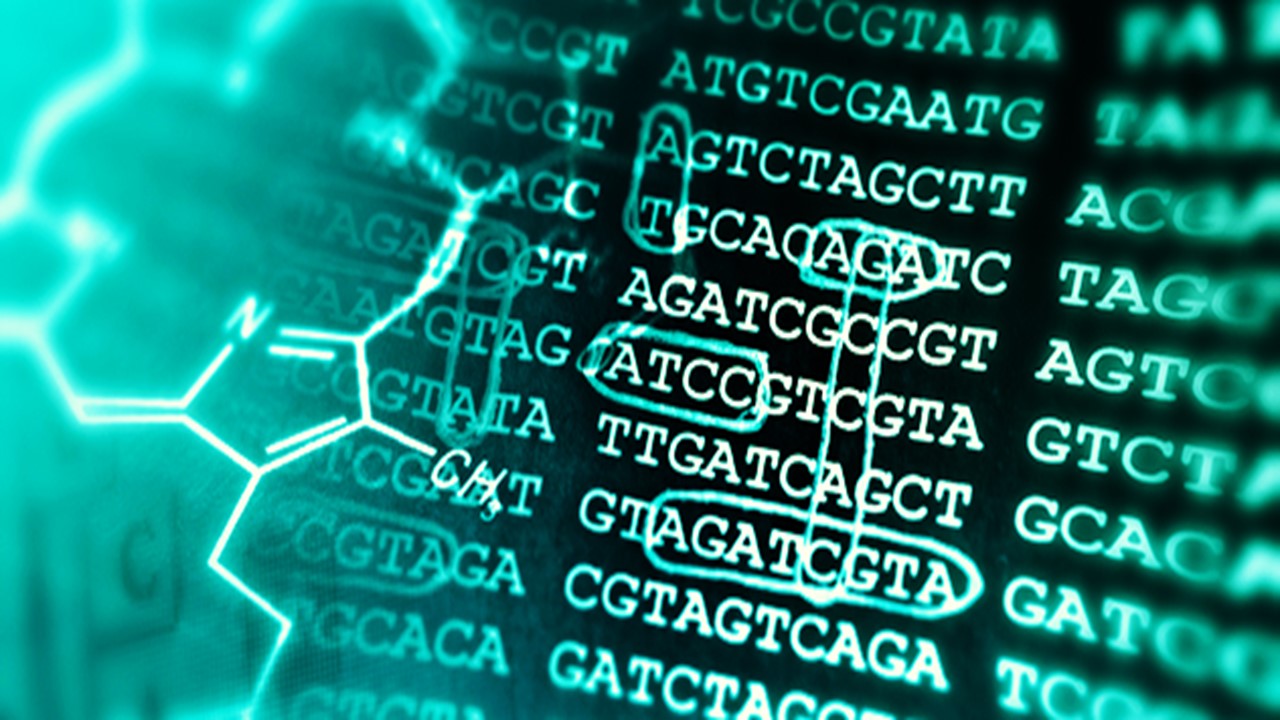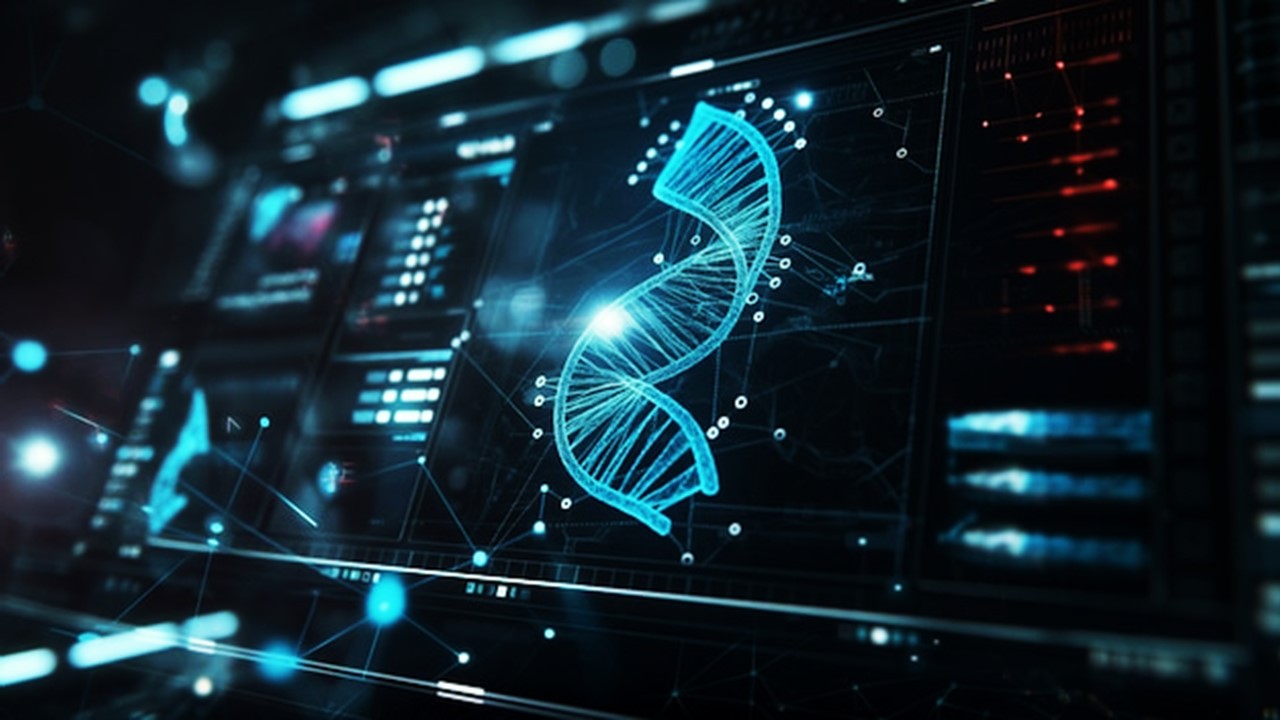The path from traditional drug discovery to modern lead identification represents a seismic shift in the pharmaceutical landscape. What was once a slow, costly, and largely serendipitous process has transformed into a precision-guided journey that combines the power of molecular biology, computational techniques, and massive compound libraries. This evolution mirrors not only scientific progress but a profound change in how we understand the biological intricacies of human health and disease.
The Days of Chance: Traditional Drug Discovery
Historically, drug discovery relied heavily on empirical observations and labor-intensive screening methods. Researchers tested vast collections of natural compounds, hoping to stumble upon one that exhibited desirable effects in biological systems. It was a process marred by unpredictability, high costs, and inefficiency. Thousands of compounds were painstakingly screened manually, a slow and resource-heavy endeavor that limited the breadth of exploration and the speed of discovery.
Moreover, traditional approaches provided minimal insight into the molecular interactions between compounds and their biological targets. This left researchers with only a surface-level understanding of a drug’s efficacy, often neglecting critical factors such as pharmacokinetics and bioavailability. Without this mechanistic insight, it was difficult to predict how a compound would behave once inside the complex landscape of the human body. Many drug discoveries were the result of fortuitous accidents rather than a systematic, scientifically-driven approach.
Traditional methods also faced increased scrutiny over their reliance on animal testing, raising ethical concerns about the safety of drugs discovered through such processes. As scientific and societal standards evolved, the call for more predictable and humane approaches became impossible to ignore. The demand for a more reliable and strategic framework in drug discovery gained momentum.
Enter the Age of Precision: Modern Lead Discovery
The introduction of genomics, high-throughput screening (HTS), and molecular biology in the late 20th century revolutionized the drug discovery process. What once relied on chance became a structured and methodical endeavor, underpinned by molecular insights and cutting-edge technologies. Today, the field of drug discovery marries traditional wisdom with advanced computational and structural biology techniques, providing an intricate understanding of drug-target interactions.
This paradigm shift has empowered researchers to screen vast compound libraries in a matter of days, rather than years. Automated systems, like those used in HTS, allow scientists to quickly test millions of compounds for biological activity. These systems generate an unprecedented amount of data, accelerating the identification of lead compounds. However, HTS is not without its challenges. The high volume of data can sometimes produce false positives, and detailed mechanistic information is still often lacking. This is where the convergence of traditional screening methods with newer techniques like fragment-based screening and affinity-based approaches brings critical advantages.
Unveiling Lead Compounds: The Bedrock of Drug Development
Lead discovery represents a pivotal moment in drug development, the stage where potential compounds first demonstrate therapeutic potential. A lead compound is identified for its ability to interact with a specific biological target—often a protein or enzyme linked to disease. Lead compounds exhibit favorable characteristics, such as selectivity and high binding affinity, making them ideal candidates for further optimization. This step provides the foundation for refining a compound’s pharmacokinetic properties, ensuring it can be effectively absorbed, distributed, metabolized, and excreted in the human body.
Among the various lead discovery methods, high-throughput screening remains a cornerstone. This method enables the rapid identification of compounds with biological activity. Although efficient, HTS often requires subsequent validation steps due to the high incidence of non-specific binding compounds. This is where techniques like fragment-based screening, which focuses on testing smaller molecules for their binding affinity to a target, add depth. By identifying fragments that bind well to specific “hotspots” on a target, researchers can construct more potent lead compounds.
Affinity-based techniques, such as surface plasmon resonance (SPR) and isothermal titration calorimetry (ITC), are also invaluable. These methods provide detailed insights into the kinetics and thermodynamics of compound-target interactions, offering a comprehensive understanding of how potential drugs will behave under physiological conditions.
The Power of Databases: Fueling Modern Drug Discovery
As the scientific community delves deeper into the complexity of human biology, the role of data has become more pronounced. The explosion of biological and chemical information available through extensive databases has revolutionized the lead discovery process, transforming how researchers identify and optimize potential drugs. These resources, including PubChem, ChEMBL, and the Protein Data Bank (PDB), have become indispensable in streamlining drug discovery.
PubChem, with its vast repository of chemical compounds and associated biological activities, serves as a key resource for HTS, facilitating the swift identification of promising candidates. ChEMBL, a curated database of bioactive molecules, provides critical insights into drug-target interactions, aiding in the selection of compounds with high therapeutic potential. Meanwhile, the Protein Data Bank (PDB) offers invaluable structural information on proteins and nucleic acids, enabling researchers to design drugs that precisely interact with their biological targets.
Other critical resources include the Cambridge Structural Database (CSD), which enriches lead discovery efforts through crystallographic data, and DrugBank, a comprehensive database that includes thousands of experimental and approved drugs. ChemDB expands the chemical landscape further, offering a collection of millions of commercially available compounds, driving innovation by broadening the chemical space researchers can explore.
ZINC, another significant player, stands out for its extensive library of purchasable compounds annotated with physiologically relevant properties. This resource allows researchers to filter and prioritize compounds based on their physicochemical characteristics, effectively streamlining the lead identification process. By integrating these databases into the lead discovery workflow, researchers can enhance their screening strategies, prioritize compounds with the highest potential, and even uncover new interactions between drugs and their biological targets.
A Future Shaped by Integration
The fusion of traditional drug discovery methods with modern technologies marks a new era of drug development. Historical knowledge continues to influence contemporary approaches, from the use of natural compounds to the integration of holistic perspectives on health and disease. Today, the drug discovery process is not simply about identifying compounds that work but about understanding why they work, how they interact with biological systems, and how they can be optimized to meet the highest safety and efficacy standards.
This integrated approach—combining high-throughput and fragment-based screening, affinity techniques, and vast databases of biological and chemical information—has dramatically accelerated the pace of drug discovery. The reliance on serendipity has given way to a more calculated, efficient process. As we look to the future, this blend of innovation and tradition will continue to shape the landscape of modern medicine, driving the development of new and more effective therapies for the complex diseases of our time.
Engr. Dex Marco Tiu Guibelondo, B.Sc. Pharm, R.Ph., B.Sc. CpE
Editor-in-Chief, PharmaFEATURES

Subscribe
to get our
LATEST NEWS
Related Posts

Bioinformatics & Multiomics
Mapping the Invisible Arrows: Unraveling Disease Causality Through Network Biology
What began as a methodological proposition—constructing causality through three structured networks—has evolved into a vision for the future of systems medicine.

Bioinformatics & Multiomics
Open-Source Bioinformatics: High-Resolution Analysis of Combinatorial Selection Dynamics
Combinatorial selection technologies are pivotal in molecular biology, facilitating biomolecule discovery through iterative enrichment and depletion.
Read More Articles
Myosin’s Molecular Toggle: How Dimerization of the Globular Tail Domain Controls the Motor Function of Myo5a
Myo5a exists in either an inhibited, triangulated rest or an extended, motile activation, each conformation dictated by the interplay between the GTD and its surroundings.
Designing Better Sugar Stoppers: Engineering Selective α-Glucosidase Inhibitors via Fragment-Based Dynamic Chemistry
One of the most pressing challenges in anti-diabetic therapy is reducing the unpleasant and often debilitating gastrointestinal side effects that accompany α-amylase inhibition.













